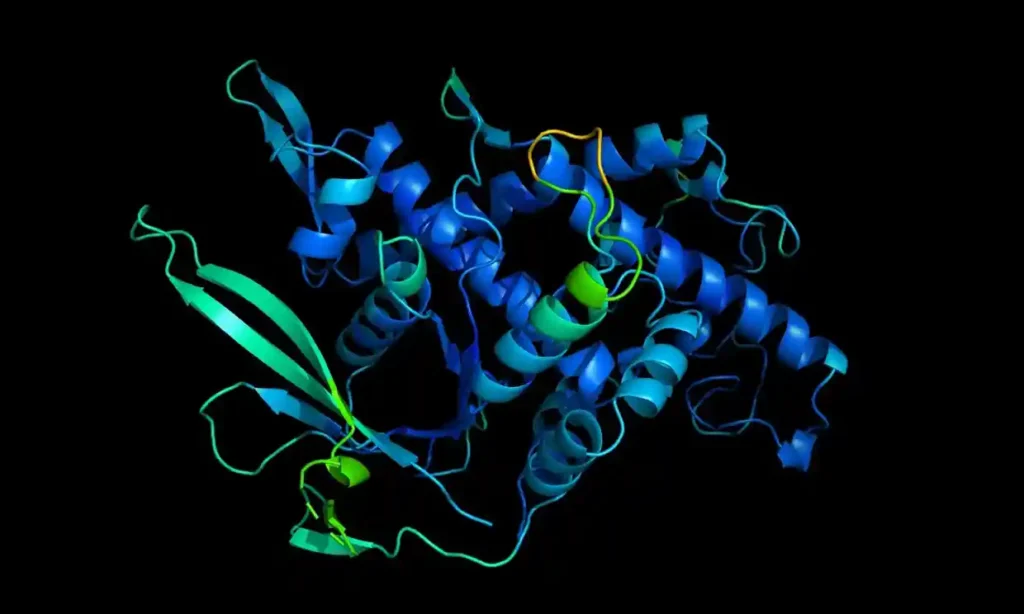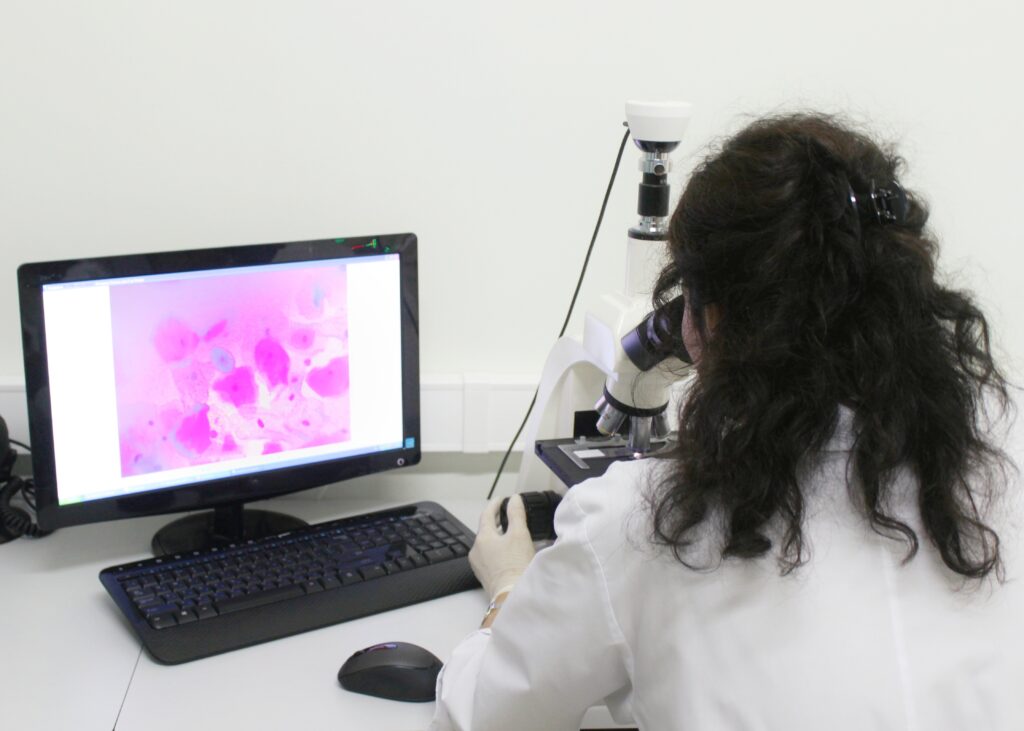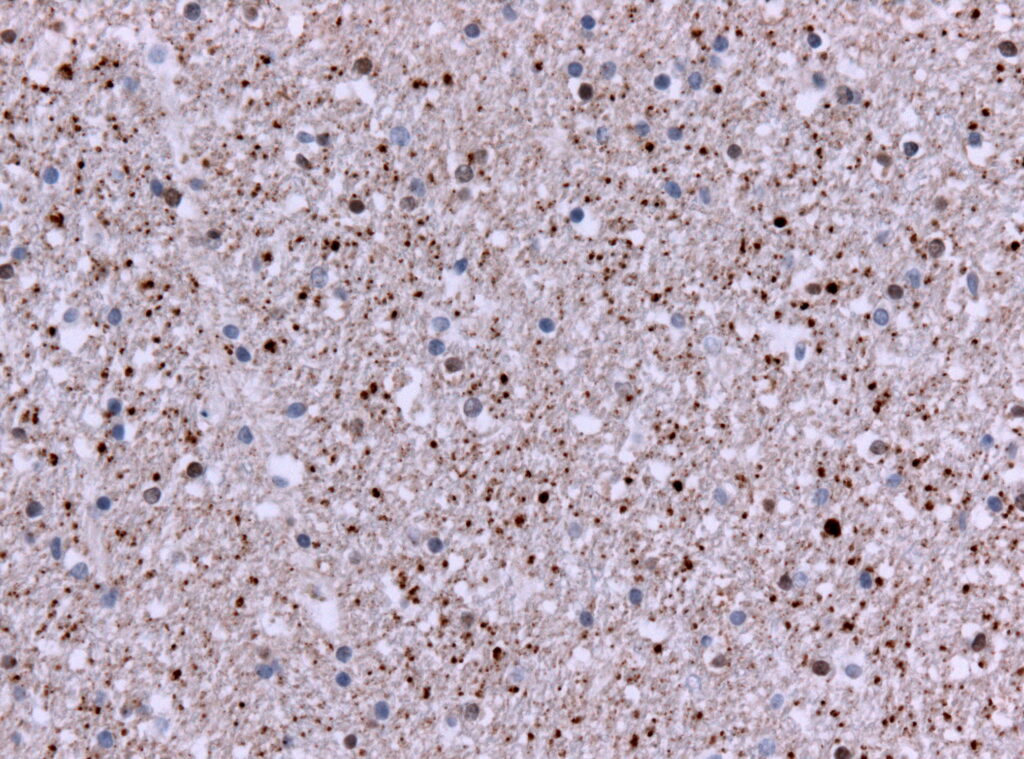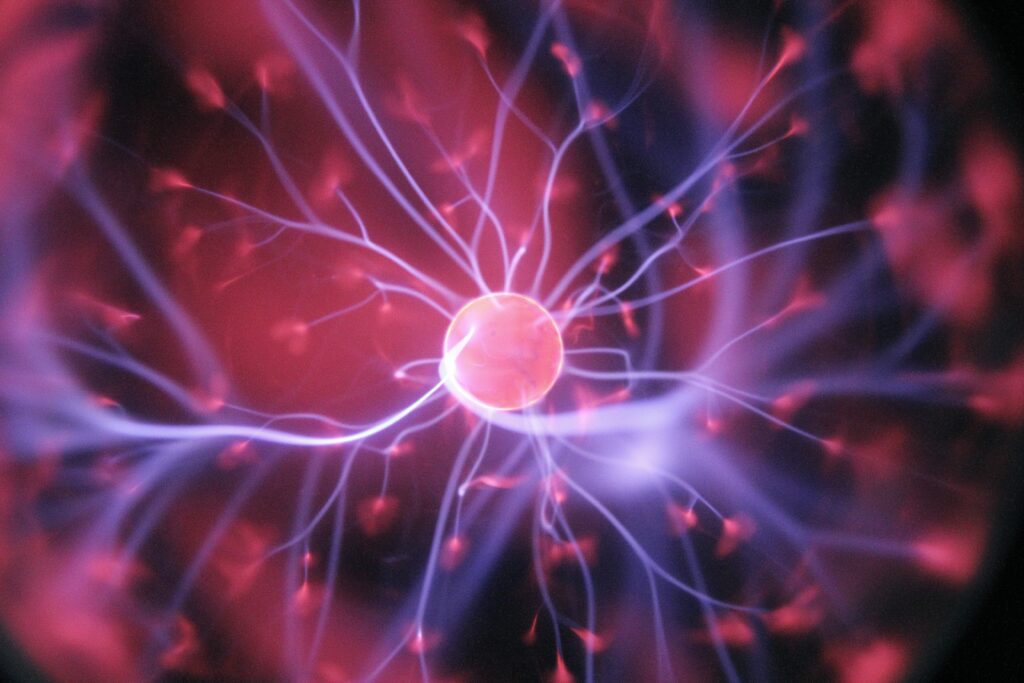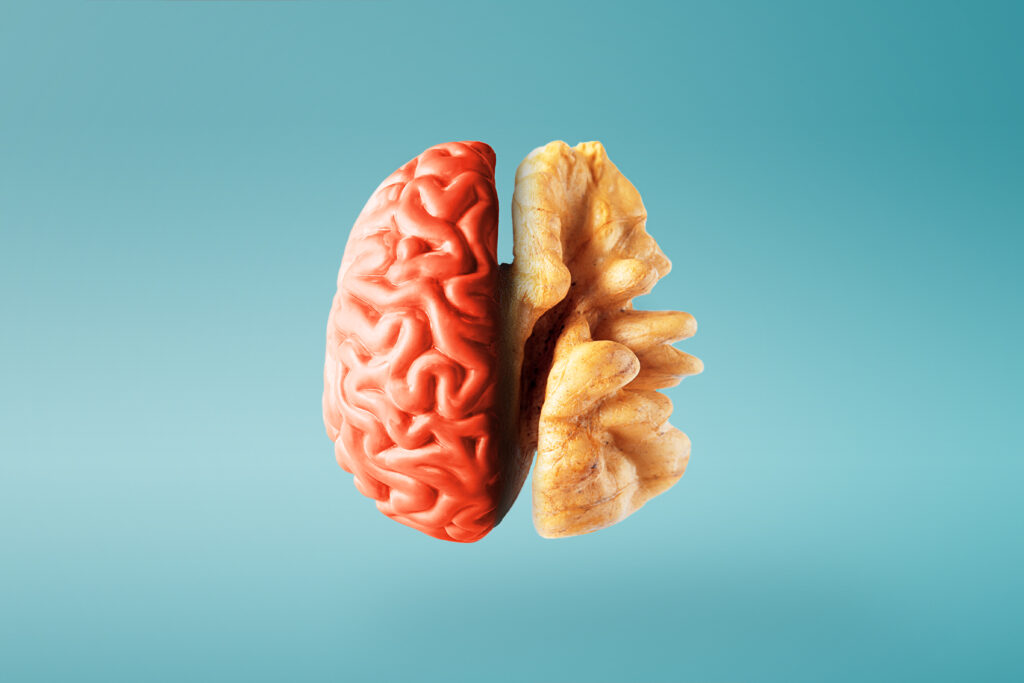Published research to date related to Sigma proteins and Huntington’s disease has been conducted with compounds not developed by Advantx Pharmaceuticals Inc. Our therapeutic candidate ADV368 HD is the first truly bispecific, pharmaceutical-grade compound in development targeting Sigma-1 and Sigma-2 receptors with a novel and clean molecule, far superior in potency, selectivity, safety, and efficacy to all others tested to date.
RECENT SCIENTIFIC PUBLICATIONS RELATED TO SIGMA RECEPTORS AND HUNTINGTON'S DISEASE
Chaperone-Dependent Mechanisms as a Pharmacological Target for Neuroprotection
By Mikhail V. Voronin, Elena V. Abramova, Ekaterina R. Verbovaya, Yulia V. Vakhitova, and Sergei B. Seredenin Excerpt from the article published in International Journal of Molecular Sciences 24, no. 1: 823. 3 January 2023, DOI: https://doi.org/10.3390/ijms24010823 Editor’s Highlights Abstract Modern pharmacotherapy of neurodegenerative diseases is predominantly symptomatic and does not allow vicious circles causing disease […]
Mitochondria in Huntington’s disease: implications in pathogenesis and mitochondrial-targeted therapeutic strategies
By Ana Maria Jurcau, and Carolina Maria Jurcau Excerpt from the article published in Neural Regeneration Research 18(7):p 1472-1477, July 2023. | DOI: 10.4103/1673-5374.360289 Editor’s Highlights Abstract Huntington’s disease is a genetic disease caused by expanded CAG repeats on exon 1 of the huntingtin gene located on chromosome 4. Compelling evidence implicates impaired mitochondrial energetics, […]
Huntington disease oligodendrocyte maturation deficits revealed by single-nucleus RNAseq are rescued by thiamine-biotin supplementation
By Ryan G. Lim, Osama Al-Dalahmah, Jie Wu, Maxwell P. Gold, Jack C. Reidling, Guomei Tang, Miriam Adam, David K. Dansu, Hye-Jin Park, Patrizia Casaccia, Ricardo Miramontes, Andrea M. Reyes-Ortiz, Alice Lau, Richard A. Hickman, Fatima Khan, Fahad Paryani, Alice Tang, Kenneth Ofori, Emily Miyoshi, Neethu Michael, Nicolette McClure, Xena E. Flowers, Jean Paul Vonsattel, […]
A Novel Huntington’s Disease Assessment Platform to Support Future Drug Discovery and Development
By Jingyun Wu, Luisa Möhle, Thomas Brüning Iván Eiriz, Muhammad Rafehi, Katja Stefan, Sven Marcel Stefan, and Jens Pahnke Excerpt from the article published in International Journal of Molecular Sciences 23, no. 23: 14763, 25 November 2022. DOI: https://doi.org/10.3390/ijms232314763 Editor’s Highlights Abstract Huntington’s disease (HD) is a lethal neurodegenerative disorder without efficient therapeutic options. The inefficient translation […]
Targeting Molecular Mediators of Ferroptosis and Oxidative Stress for Neurological Disorders
By Jing Li, Bowen Jia, Ying Cheng, Yiting Song, Qianqian Li, and Chengliang Luo Excerpt from the article published in Oxidative Medicine and Cellular Longevity, Volume 2022, Article ID 3999083, Published 22 Jul 2022, DOI: https://doi.org/10.1155/2022/3999083 Editor’s Highlights Abstract As a novel mode of regulated cell death (RCD), ferroptosis was firstly proposed by Dixon in 2012 [1]. With […]
Alterations in metal homeostasis occur prior to canonical markers in Huntington disease
By Anna C. Pfalzer, Yan Yan, Hakmook Kang, Melissa Totten, James Silverman, Aaron B. Bowman, Keith Erikson, and Daniel O. Claassen Excerpt from the article published in Scientific Reports 12, 10373, 20 June 2022, DOI: https://doi.org/10.1038/s41598-022-14169-y Editor’s Highlights Essential trace metals play a vital role in several metabolic processes throughout the body and brain. The […]
Neuroprotective Effects of σ2R/TMEM97 Receptor Modulators in Neuronal Model of Huntington’s Disease
By Jing Jin, Nicolas Arbez, James J. Sahn, Yan Lu, Kathryn T. Linkens, Timothy R. Hodges, Anthony Tang, Robyn Wiseman, Stephen F. Martin, and Christopher A. Ross Excerpt from the preprint published by ChemRxiv. Cambridge: Cambridge Open Engage; 2022; DOI 10.26434/chemrxiv-2022-l6xtv This content has not been peer-reviewed. Editor’s Highlights Huntington’s disease (HD) is a genetic […]
Analysis of LINE1 Retrotransposons in Huntington’s Disease
By Lavinia Floreani, Federico Ansaloni, Damiano Mangoni, Elena Agostoni, Remo Sanges, Francesca Persichetti and Stefano Gustincich Excerpt from the article published in Frontiers in Cellular Neuroscience, 14 January 2022 | https://doi.org/10.3389/fncel.2021.743797 Editor’s Highlights Abstract Transposable elements (TEs) are mobile genetic elements that made up about half the human genome. Among them, the autonomous non-LTR retrotransposon long […]
Nuclear and cytoplasmic huntingtin inclusions exhibit distinct biochemical composition, interactome and ultrastructural properties
By Nathan Riguet, Anne-Laure Mahul-Mellier, Niran Maharjan, Johannes Burtscher, Marie Croisier, Graham Knott, Janna Hastings, Alice Patin, Veronika Reiterer, Hesso Farhan, Sergey Nasarov, and Hial A. Lashuel Excerpt from the article published in Nature Communications, volume 12, Article number: 6579 (2021) DOI: https://doi.org/10.1038/s41467-021-26684-z Editor’s Highlights Huntington’s disease (HD) is an autosomal dominant genetic and progressive neurodegenerative disorder caused by the abnormal […]
Juvenile-Onset Huntington Disease Pathophysiology and Neurodevelopment: A Review
By Hannah S. Bakels, MSc, Raymund A.C. Roos, Willeke M.C. van Roon-Mom, and Susanne T. de Bot Excerpt from the article published online 12 October 2021 in Wiley Online Library(wileyonlinelibrary.com). DOI: 10.1002/mds.28823 Editor’s Highlights Huntington disease (HD) is an autosomal dominant progressive brain disorder caused by a pathological CAG repeat expansion coding for huntingtin (HTT gene), […]
The ER protein Ema19 [tmem97] facilitates the degradation of nonimported mitochondrial precursor proteins
By Janina Laborenz, Yury S. Bykov, Katharina Knöringer, Markus Räschle, Sabine Filker, Cristina Prescianotto-Baschong, Anne Spang, Takashi Tatsuta, Thomas Langer, Zuzana Storchová, Maya Schuldiner, and Johannes M. Herrmann Excerpt from the article published on Molecular Biology of the Cell, Volume 32, Issue 8, Published Online: 13 Apr 2021, DOI: https://doi.org/10.1091/mbc.E20-11-0748 Editor’s Highlights Ema19 is the […]
Presynaptic APP levels and synaptic homeostasis are regulated by Akt phosphorylation of huntingtin
By Julie Bruyère, Yah-Se Abada, Hélène Vitet, Gaëlle Fontaine, Jean-Christophe Deloulme, Aurélia Cès, Eric Denarier, Karin Pernet-Gallay, Annie Andrieux, Sandrine Humbert, Marie-Claude Potier, Benoît Delatour, and Frédéric Saudou Excerpt from the article published in eLife, May 26, 2020, DOI: https://doi.org/10.7554/eLife.56371 Editor’s Highlights Huntingtin (HTT), the scaffolding protein involved in Huntington’s disease, regulates neuritic transport of amyloid […]
Protein Misfolding and ER Stress in Huntington’s Disease
By Talya Shacham, Neeraj Sharma, and Gerardo Z. Lederkremer Excerpt from the article published in Frontiers in Molecular Biosciences, volume 6, 03 April 2019 | DOI https://doi.org/10.3389/fmolb.2019.00020 Editor’s Highlights The Sigma-1 Receptor (S1R), activated by ER stress, could be a promising target for ameliorating symptoms in Huntington’s disease (HD). ER stress triggers activation of the UPR, […]
Roles of sigma-1 receptors on mitochondrial functions relevant to neurodegenerative diseases
By Tzu-Yu Weng, Shang-Yi Anne Tsai, and Tsung-Ping Su Excerpt from the article published in Journal of Biomedical Science 24, 74 (2017). https://doi.org/10.1186/s12929-017-0380-6 Editor’s highlights The sigma-1 receptor (Sig-1R) is a chaperone that resides mainly at the mitochondrion-associated endoplasmic reticulum (ER) membrane (called the MAMs) and acts as a dynamic pluripotent modulator in living systems. The Sig-1R […]
Amyloid Precursor Protein Haploinsufficiency Preferentially Mediates Brain Iron Accumulation in Mice Transgenic for The Huntington’s Disease Mutation
By Kiersten Berggren, Sonal Agrawal, Julia A. Fox, Justin Hildenbrand, Ryan Nelson, Ashley I. Bush, and Jonathan H. Fox Excerpt from the Authors manuscript; available in PMC 2019 Jun 26. Published in final edited form as Journal of Huntington’s Disease, 2017; 115–125. doi: 10.3233/JHD-170242 Editor’s Highlights Huntington’s disease (HD) is an autosomal-dominant neurodegenerative disease caused by a […]
Sigma-1 receptor agonist PRE084 is protective against mutant huntingtin-induced cell degeneration: involvement of calpastatin and the NF-κB pathway
By A. Hyrskyluoto, I. Pulli, K. Törnqvist, T. Huu Ho, L. Korhonen, and D. Lindholm Excerpt from the article published in Cell Death Dis 4, e646 (2013). https://doi.org/10.1038/cddis.2013.170 Editor’s Highlights Huntington’s disease (HD) is an autosomal, dominantly inherited neurodegenerative disorder that is caused by an expansion of cytosine–adenine–guanine (CAG) repeats in the first exon of the huntingtin […]

